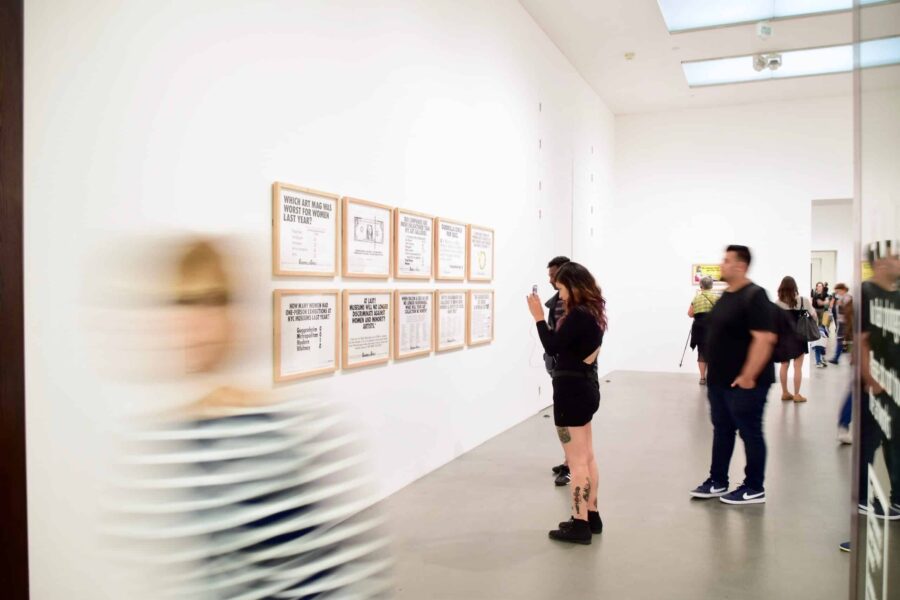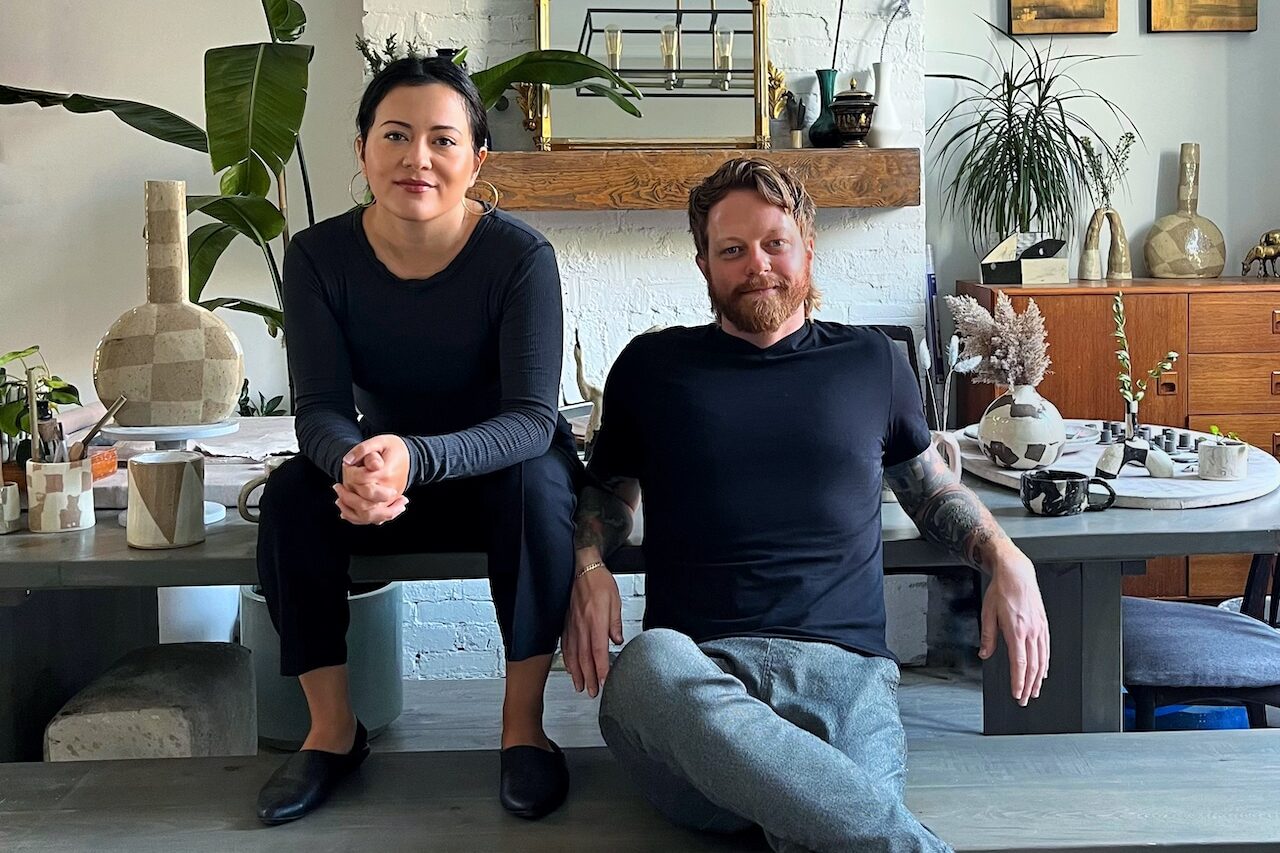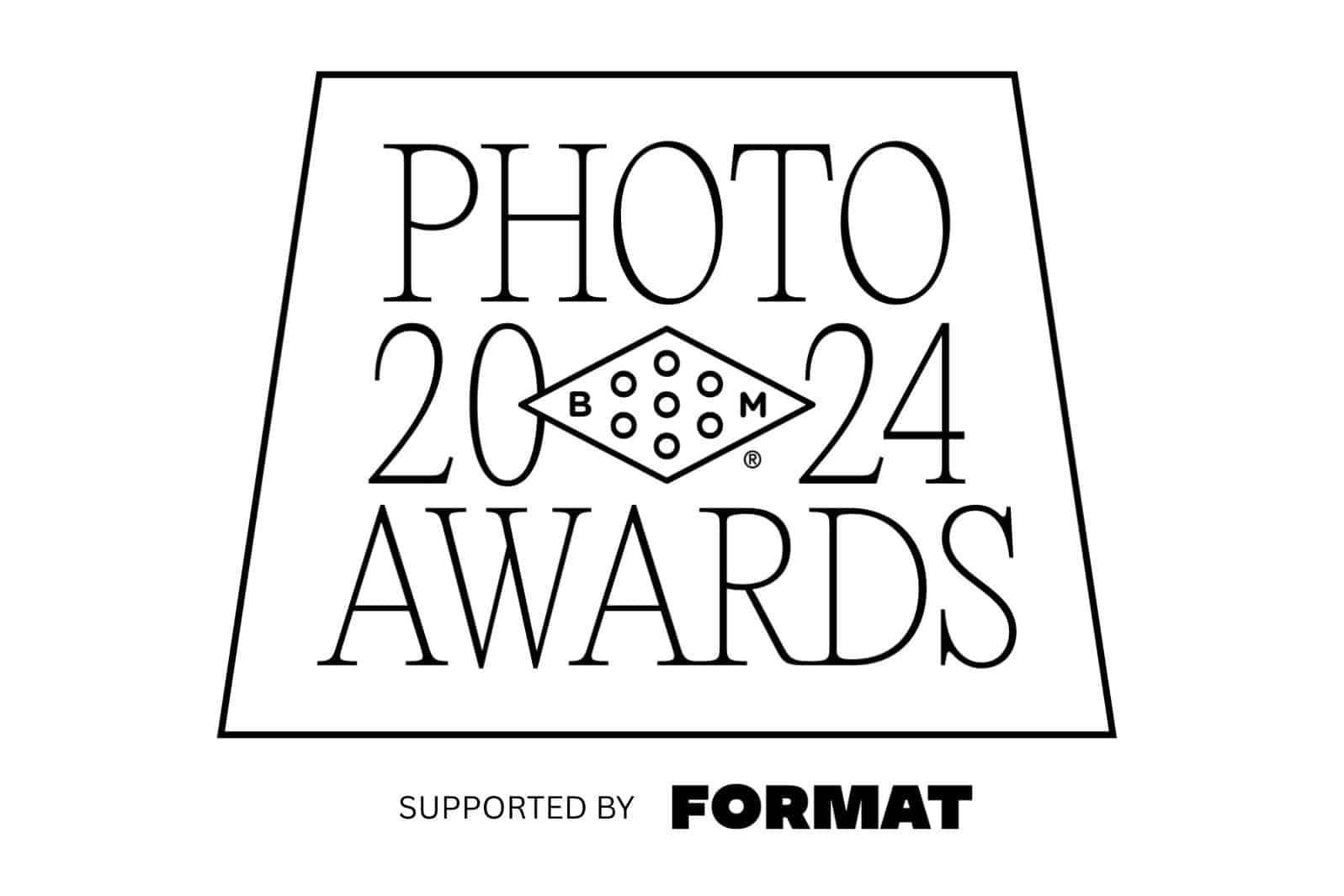Everyone dislikes the nerves and awkwardness that often accompany networking—and artists and creators can be reluctant to take time away from their work for this uncomfortable task. But it’s important! One of the best ways to build your client base, land more freelance gigs, and set up more collaborations is by hitting the networking circuit and forging those new connections. In our pain-free guide to learning how to network, we’ll take you through the five W’s of networking for artists and creators. These networking ideas will have you networking like a pro in no time at all.
Why is Networking So Important for Your Creative Career?
We know—it can be stressful to go to a design conference or illustrator meet-up where you don’t know many people and try to network your way through it. But statistics show that learning how to network as an artist can be hugely beneficial for your career. Nearly 50 percent of jobs are found through traditional networking methods (with an additional seven per cent through directly reaching out to the recruiter or hiring manager). Creative professionals who identify as introverts might prefer to stay home or do their networking on social media, but studies reflect that 95 percent of people say a face-to-face meeting is crucial for building those long-term work relationships. It’s time to get out of the studio and meet some new people.
So, how do you network? Don’t stress about taking some expensive networking course. Let us give you some quick and dirty networking tips.
Don’t Go into it Trying to Get Something
This seems counter-intuitive, but hear us out: going to a networking event to aggressively hand out business cards and expecting to immediately land commissions won’t work. Don’t try to talk to people just to see what they can do for you. The idea is to build up the creative network around you, so that you’ll hear about opportunities organically through your connections.
Which brings us to our next networking tip…
Treat Networking Like Making Friends
The key to how to network successfully is to be genuine, and to show sincere interest in the people you talk to and the work they’re doing. You don’t even have to talk exclusively about work—the idea is to forge connections, so engage with your fellow creators like you would a potential new friend. Look for things you have in common, whether it is a favorite supply store, empathizing about respective creative processes, or other artists who inspire you. Building a network is another way of saying you are gathering a community of people with similar interests.
Talk to Everyone
If you’re an artist, don’t just talk to artists. If you’re a model, don’t just talk to other models. A key networking tip is to branch out and make contacts working in other industries or who have other interests; you might benefit in the long run when they hear of an opportunity you wouldn’t have seen otherwise, or want to collaborate on a project. Chatting up that cafe owner could mean they think of you first when they need a new mural for their wall. And your butcher? Her cousin might need some web design work done for her fledgling business.

What Prep Work Should You Do Before You Begin Networking?
Before you learn how to network, you want to make sure you’re presenting yourself in the best way possible both online and in real life. We’ve compiled all the things you should consider before you start business networking.
Ace that Online Portfolio
Let’s start with your online presence. You’ll need to make sure your online portfolio is up to date. Prospective clients need to be able to find you online—and, when they do, they shouldn’t find an outdated or sloppy portfolio. If your online portfolio needs a sprucing up, get started with a website builder that will help you create a gorgeous site in minutes. Make sure to choose one with features that meet your needs, whether it’s client proofing, or a built-in blog or online store. A portfolio that offers a free trial will let you see if it’s a good fit for you.
You should also think about targeting your portfolio images to whatever industry you might be trying to break into or get more clients in, whether it’s wedding photography or interior design. (Want more details on how to curate your portfolio? Check out our guide on choosing images for your portfolio.)
Master Your Elevator Pitch
When you meet someone new, you need to be able to give them your elevator pitch. The best way to think of an elevator pitch is a 30-second explanation of what makes you and your work so interesting. People assume this is just a technique for salespeople, but it’s useful in other situations, including business networking—and art marketing.
To craft a killer elevator pitch, think about what you want the person you’re speaking with to come away knowing about you and your work. Use that to come up with your compelling, memorable explanation. Once you have that, test it out in front of a mirror or even a few friends—and then time it, so you know you’re not talking too much. Building connections is roughly 10 percent talking about yourself and 90 percent asking intelligent questions and being an engaged listener with others.
Buy New Business Cards
You’ll need to have business cards before you head out for your first round of business networking—scribbling your contact info on a scrap piece of paper when someone asks for it doesn’t exactly give the best first impression.
This is a crucial networking tip for creators and makers: your business cards should be professional, but they should also definitely show off your aesthetic. Take a peek at your brand identity guidelines, and make sure your business cards adhere to them. As a creator, it’s also a good idea to put some of your own artwork, design, or illustration on the card. Or, if you’re a model, one of your best modeling shots. Or, perhaps, some of your crafts or ceramics.
Whatever the wares or services you’re promoting, you want the people you’re networking with to get a little taste of your work, right up-front. Make sure to include the URL for your online portfolio website on there; a small QR code linking directly to your site can also make it super simple for new acquaintances to check it out on the go.
Some websites that have business card templates you can start with and modify for your needs are:
Having business card anxiety? Check out our guide for how to create impressive cards.
Check How You Present Yourself
The last thing before we get to how to network is thinking about how you come across in real life. If you’re nervous before heading out to a networking event, ask a friend to roleplay with you—introduce yourself like you would to a prospective client and get their feedback on how you’re coming off. It’s a good way to catch things you might not have noticed, like any nervous tics. Given how much your body language, facial expressions, and voice inflection convey, this could be a lifesaver.

Who Should You Try to Network With?
Need some networking ideas? A large component of learning how to network successfully is knowing who the right people are to talk to. It doesn’t even have to be limited to people in your field—professionals who may not seem directly related to what you’re doing can later connect you with some unexpected new gigs.
Here are some other types of people you should consider connecting with.
People Who are Doing Similar Work and Killing it
There can be a natural inclination to treat other freelancers in your field—especially the ones you perceive to be doing a little better than you—as competitors. But instead, consider them as potential future mentors who you can learn from. How are they succeeding in their work, and how can you emulate that in your own life? You might just find that they want to learn the same from you.
People Who are in the Know
Find some people who are fairly well-connected in the industry you’re working in. A well-known sculpture professor? A fashion Instagram influencer? You can learn a lot from them about things like what clients are good to work for, who pays exceptionally well, and other industry tidbits. But be sure to share your own gossip, too—the networking relationship goes both ways.
People You Want to Work With
Is there a photographer you’ve been dying to collaborate with, or an editor at a publication where you want to get your illustrations published? Introduce yourself if you see them at a business networking event, or reach out over social media (we’ll explain below) to say hello and ask what they might be looking for. Worst-case scenario: they’re not in the place to work with you right now, but they’ll hopefully remember your name if opportunities come up in the future.

Where Should You be Networking?
Don’t limit your networking to just offline! In-person meetups are crucial to building out the creative network you have, but you can also network from the comfort of your own home.
Here are some social media websites that are great places to start:
Instagram: ideal for creatives working in visual mediums to share their work and connect with each other.
TikTok: This video-focused app is all about creating bite-sized, short-form video content. With its massive popularity it’s a great place to showcase your work, get discovered, and engage with your community.
Twitter: great place to build your personal brand through tweeting about issues you care about and attracting like-minded people.
Facebook: wonderful for following the professional pages of people you admire, creating your own business page, and using messenger to introduce yourself.
LinkedIn: good platform to build connections through relevant industry groups—comment on other people’s posts, or share your own thoughts and links.
How Do You Network Over Social Media?
It’s easier than you’d think. Follow people whose work you admire or are interested in, and strike up a conversation. You could comment on one of their posts, or reach out directly to say hello. Of course, you should exercise some discretion in your approach (don’t indiscriminately send out a boilerplate message to hundreds of people!), but know that many people are happy to respond. (Read how some creatives are using social media to connect with potential clients, editors and fans.)
Another hot networking tip: there are also many private Facebook groups for women and non-binary creative types, LGBTQIA+ people, or BIPOC makers, which can connect you with more experienced people in your creative field for advice, or fellow professionals seeking new freelancers for contract work. Ask around in the general groups for adds to these groups.
What Are Some In-Person Networking Ideas?
Here are a few of our go-to places:
Industry conferences: A great place to start are industry conferences, which give you the opportunity to learn new skills, connect with other freelancers, and meet potential employers or clients.
At the local level, if you’re a part of professional associations or local networking groups, they’ll often host happy hour events or other networking opportunities that you can attend to meet creators like you. If you’re not a part of those built-in creative networks, check out websites like Meetup to join groups that appeal to you and start attending events. Some other websites you can use to find networking events are Eventbrite, Groupspaces, and DownToMeet.
You can also do a bit of gonzo business networking at “creative clusters” like cafes, bars, and co-working spaces, where other freelancers tend to congregate and strike up casual conversations with other regulars.
Don’t forget to hit up shows, events, and openings at art galleries, art schools, fashion week, and any other soiree where other creators and makers are likely to be.

When is the Right Time to Follow Up?
You might feel a little nervous about pursuing your connection after an event. But don’t hesitate to get in touch—reach out to them while you’re still fresh in their memory. Ideally that means within 24 hours, but for sure within a few days, of your initial meet.
Not sure how to start that email? We’ve got some networking tips on what you can say.
Remember the Details
When you’re connecting with someone after a business networking event, make sure to re-introduce yourself, mention where you met, and refer back to something they said during your conversation. Something like, “best of luck with your big project!” or “hope your son has fun at his basketball game” or “congratulations again on your award!” goes a long way to showing you were interested in what they had to say.
Ask For an In-Person Meet
Firing off a quick email to make sure they have your contact info is a good start, but asking for a follow up one-on-one chat is even better to make sure that you stay in touch. Depending on what you’re looking to get out of your new connection, the way you phrase the message will vary.
Here are some examples you could adapt:
- “I really enjoyed our conversation and hoped we could continue it further; would you be free sometime next week for coffee?”
- “I was interested in hearing more on the project you’re assigning work for—would it be possible to meet in the next few days to talk more about it?”
- “I really admire your work, and would love to get your advice on getting started as a freelancer, if you have some time to spare. I’m happy to buy the coffee.”
Don’t forget to include the link to your online portfolio so they can see more of your work!
What Happens After the Email?
Networking is more than just the initial meeting—it’s an ongoing process of keeping in touch. So perhaps the most important networking tip is to not drop off the radar after you’ve met someone. If you see on LinkedIn that one of your connections got a new job, or had a birthday, reach out to offer your best regards. If you see on Twitter they’ve been nominated for an award, shoot them an email to say congratulations. It’s all about keeping the conversation going.
Now that you know how to network, go forth and flourish! Here’s to successful connection-building.
Want more tips on how to succeed as a freelancer?
A Guide to Social Media Strategy For Your Creative Business
How To Market Your Photography Business For Free
How To Write Product Descriptions That Really Sell












